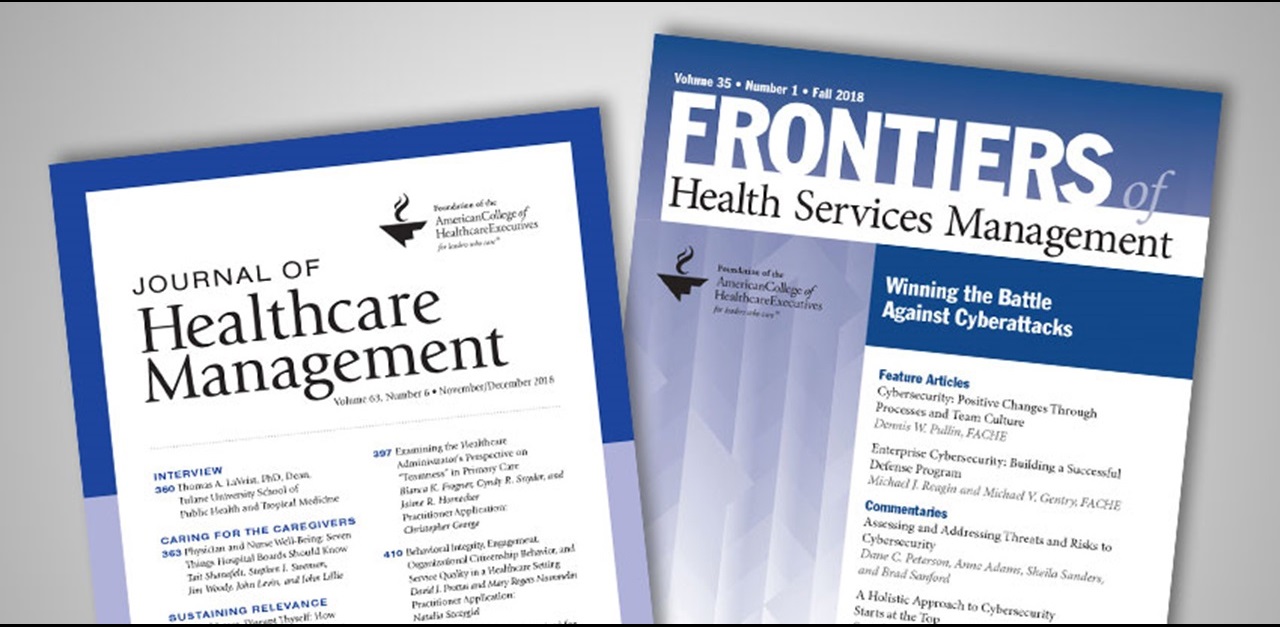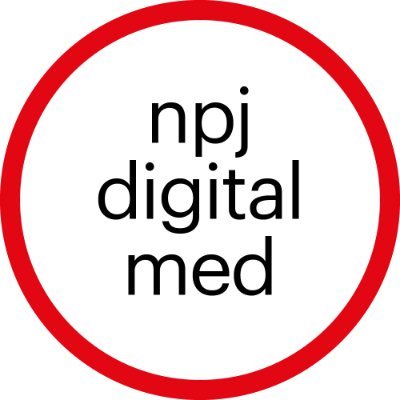Annual CMS rules support underserved, under-resourced communities, promote value-based care

Editor's Note Addressing social determinants of health (SDOHs), strengthening emergency preparedness, and improving maternal heath are among the top priorities of the fiscal year (FY) 2025 Inpatient Prospective Payment System (IPPS) and Long-Term Care Hospital Prospective Payment System (LTCH PPS) rules released April 10. These and other efforts aim to…
Study deems EHR manipulation “elephant in the room” for OR scheduling accuracy

Editor's Note Reducing surgeon manipulation of electronic health record (EHR) OR scheduling systems can improve efficiency, save resources, and enhance service to patients, according to data published in the March/April issue of the Journal of Healthcare Management. Although predictive models using EHR and machine learning improve accuracy compared to traditional…
FBI investigates cyberattack on Lurie Children’s Hospital

Editor's Note Billing, records, appointment scheduling and other systems at Lurie Children’s Hospital were still offline a week after representatives of had to cancel a planned OR Business Management Conference presentation due to a cyberattack. According to a February 12 report from the Chicago Sun-Times, the January 31 cyberattack is…
DOJ cracking down on AI tools for clinical decision-making

Editor's Note: The U.S. Justice Department is investigating how the healthcare industry is using artificial intelligence (AI) tools to analyze and make decisions using patients’ electronic health records (EHRs), Bloomberg Law reported January 29. So far, DOJ has served subpoenas related to EHRs to at least three major pharma companies:…
LiveData to showcase surgical capacity optimization at OR Business Management Conference
CAMBRIDGE, Massachusetts— January 24, 2024—LiveData, a surgical capacity optimization solution company, today announced that it will demonstrate LiveData PeriOp PlannerTM, its innovative approach to optimizing OR utilization, at the annual OR Business Management Conference, being held February 6-8, 2024, in Phoenix, Arizona. LiveData will show how its technology helps hospitals grow…
Burnout-battling physicians often work on vacation

Editor's Note: Lack of quality vacation time explains part of the reason why so many physicians are experiencing burnout, according to a study published January 12 in Jama Network Open. Specifically, the study found that 7 out of 10 participating US physicians did at least some work on a typical…
AI model trained to identify patients’ social circumstances

Editor's Note: Large language models trained to extract patients’ social determinants of health (SDoH) from clinician notes could help to identify patients who need additional support and resources. The findings, from investigators at Mass General Brigham, appeared in the Nature journal Digital Medicine on January 11. Housing circumstances, employment, access…
Study models how clinicians think about managing drug-drug interactions
Editor's Note A study published in BMJ Open is “the first to present an illustrative model of clinicians’ real-world decision making for managing DDIs,” the outlet reported on December 1. DDIs, or drug-drug interactions, are known to cause significant harm (including death), hundreds of thousands of patients hospitalized each year…
Role of data in surgical, patient preparedness for MSK cases

An estimated 126.6 million Americans are dealing with the impact of a musculoskeletal (MSK) condition, according to a US Bone and Joint Initiative report. That means, one in two adults in the US have gone or will be going through a wide range of hip, knee, shoulder, and/or spine procedures.…
Why screening misses critical influences on patient health
Editor's Note Health record codes that track social, environmental, and economic influences on patient health outcomes are vastly underutilized during screening, according a December 19 EurekAlert! report on research from John Hopkins and the University of Colorado Anschutz Medical Campus. Published in Health Affairs Scholar, the study analyzes the…

 Free Daily News
Free Daily News